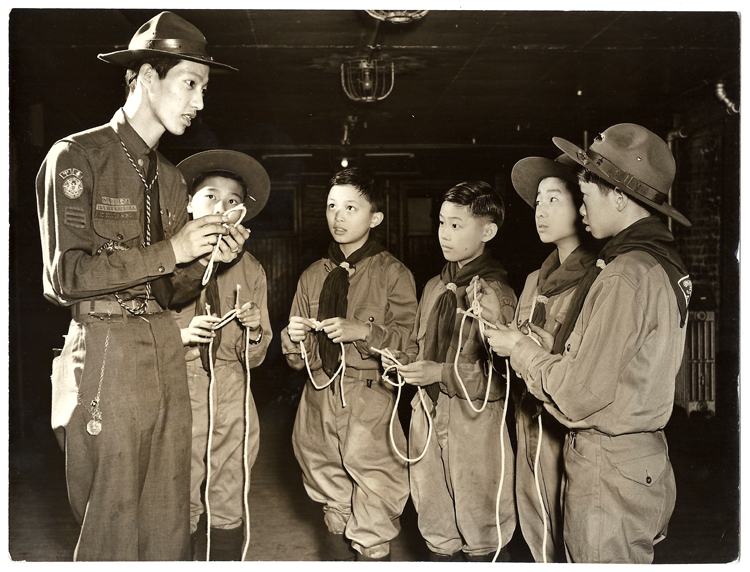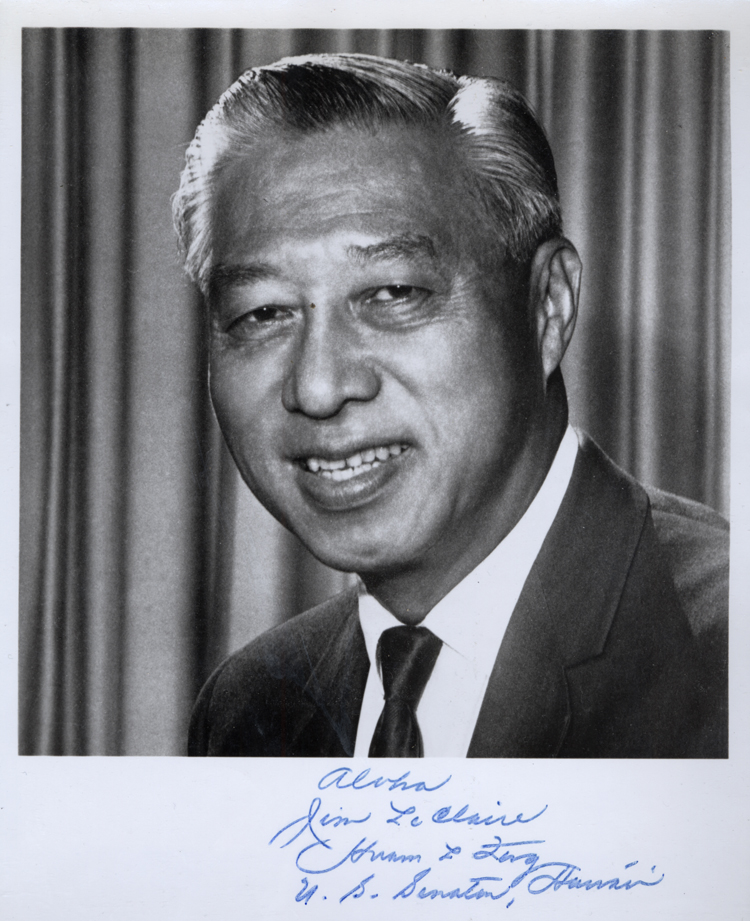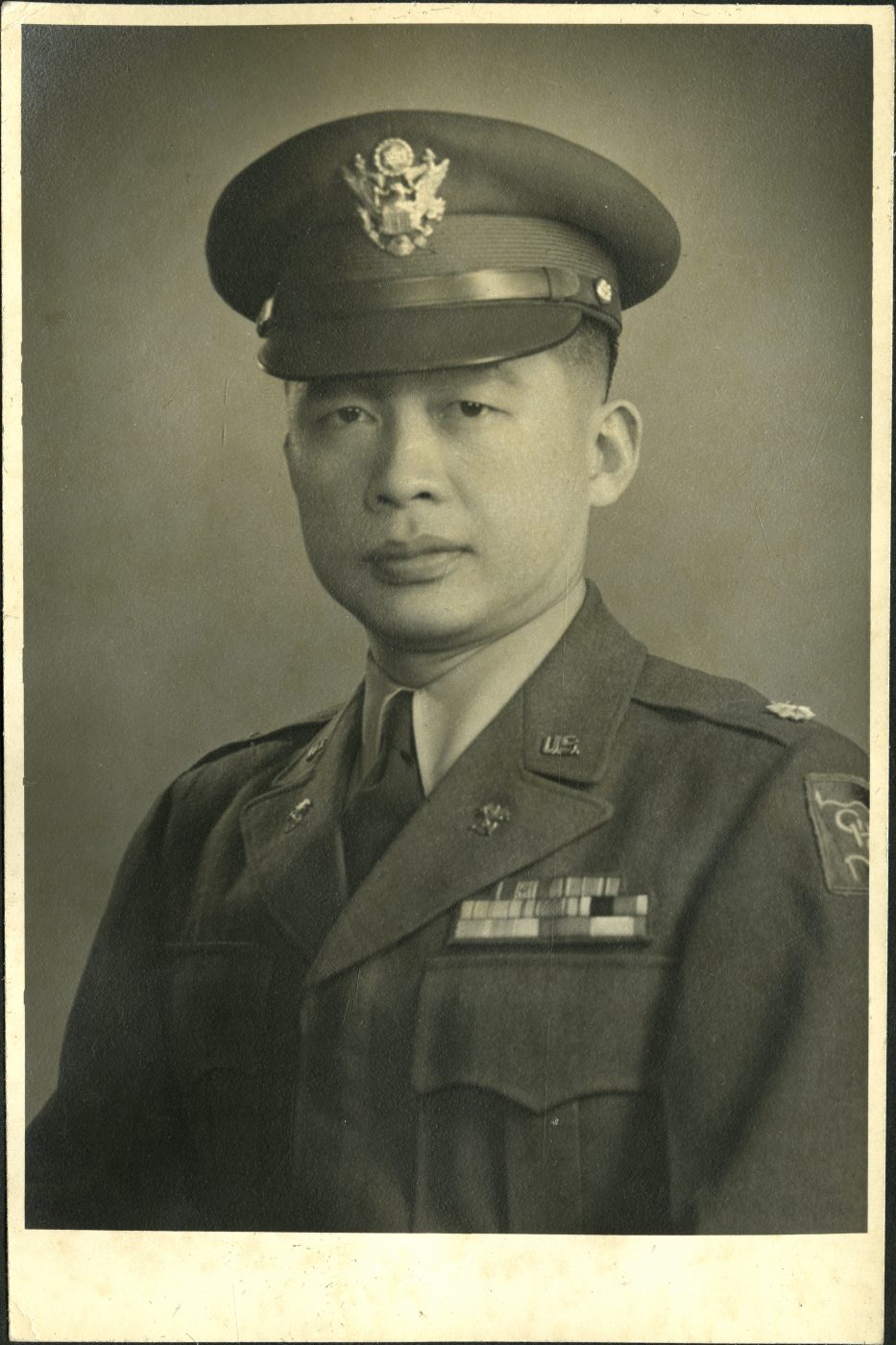Collections馆藏Collections馆藏Collections馆藏Collections馆藏Collections馆藏Collections馆藏Collections馆藏Collections馆藏Collections馆藏Collections馆藏Collections馆藏Collections馆藏Collections馆藏Collections馆藏Collections馆藏Collections馆藏Collections馆藏Collections馆藏Collections馆藏Collections馆藏Collections馆藏Collections馆藏Collections馆藏Collections馆藏Collections馆藏Collections馆藏Collections馆藏Collections馆藏Collections馆藏Collections馆藏Collections馆藏Collections馆藏Collections馆藏Collections馆藏Collections馆藏Collections馆藏Collections馆藏Collections馆藏Collections馆藏Collections馆藏Collections馆藏Collections馆藏Collections馆藏Collections馆藏Collections馆藏Collections馆藏Collections馆藏Collections馆藏Collections馆藏Collections馆藏Collections馆藏Collections馆藏Collections馆藏Collections馆藏Collections馆藏Collections馆藏Collections馆藏Collections馆藏Collections馆藏Collections馆藏Collections馆藏Collections馆藏Collections馆藏Collections馆藏

22 October 2019 Posted.
Assistant Scoutmaster Horace Eng teaching a group of five scouts how to tie knots, 1942, Courtesy Kenneth & Helen Chan, Museum of Chinese in America (MOCA) Collection.
助理童子军英负责人Horace Eng正在教五位童子军成员如何系绳结,1942年,Kenneth & Helen Chan捐赠,美国华人博物馆(MOCA)馆藏
In 1911, at the height of Chinese Exclusion, overseas Chinese students studying at Columbia University and the City University of New York founded the first Chinatown Boy Scout Troop. Unlike W.D. Boyce’s brand new Boy Scouts of America, which emphasized using outdoor recreation to build leadership in American youth, the students aimed to develop leadership skills while also utilizing the troop to foster American support for the new Chinese republic and improve the lives of Chinese living in New York. Like other associational groups in burgeoning Chinatowns, the Chinatown Boy Scouts adapted mainstream organizational structures to meet the needs of their own community.
Troop 150, pictured above, was established in 1914, officially chartered in 1917, and continues to be sponsored by True Light Church alongside Girl Scouts and Cub Scouts. Scouting remains a major social outlet for the Chinese communities across New York’s boroughs.


